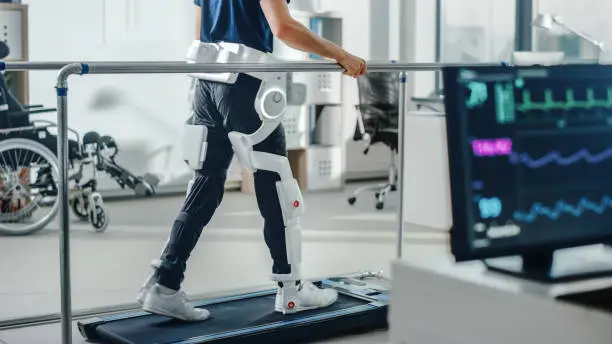Keyless Entry The Future of Home Security

The Rise of Keyless Entry Systems
For years, traditional keys have been the cornerstone of home security. But times are changing, and keyless entry systems are rapidly gaining popularity. This shift isn’t just about convenience; it’s about a fundamental upgrade in home security technology, offering benefits that traditional keys simply can’t match. From smart locks to keypad entry systems, the options available are expanding at a remarkable pace, catering to a wide range of budgets and security needs.
Enhanced Security Features Beyond Traditional Locks
Keyless entry offers significant security advantages over traditional key-based systems. Lost or stolen keys are a major concern with traditional locks, potentially leaving your home vulnerable. Keyless systems eliminate this risk entirely. Many systems offer features like automatic locking, tamper alerts, and remote access via smartphone apps, providing an extra layer of protection and peace of mind. Furthermore, the ability to change access codes remotely means you can quickly revoke access for lost or compromised codes, unlike the hassle and cost of replacing traditional locks.
Smart Lock Technology and its Integration with Home Automation
Smart locks are at the forefront of keyless entry technology, seamlessly integrating with other smart home devices. This integration allows for automated routines like locking your doors automatically when you leave or unlocking them as you approach your home, all managed through a central hub or smartphone app. This level of automation not only enhances convenience but also adds another layer to your overall home security strategy. Imagine receiving notifications on your phone when someone attempts to unlock your door, or effortlessly granting temporary access to guests without having to be physically present.
Different Types of Keyless Entry Systems: Choosing the Right Fit
The market offers a variety of keyless entry systems, each with its own strengths and weaknesses. Smart locks, while offering advanced features and integration capabilities, can be more expensive. Keypad entry systems, on the other hand, provide a simpler, more cost-effective alternative. Biometric locks, utilizing fingerprints or facial recognition, offer enhanced security but can be more sensitive to environmental factors. Understanding the different options available is crucial to selecting the system that best meets your specific needs and budget.
Addressing Concerns About Keyless Entry Security
While keyless entry systems offer numerous benefits, concerns about their security are understandable. The vulnerability of smart locks to hacking, for instance, is a legitimate concern. However, reputable manufacturers continually update their software to address security vulnerabilities, ensuring that their systems remain secure. Furthermore, choosing systems with robust encryption protocols and two-factor authentication can significantly mitigate the risk of unauthorized access. Regular software updates and strong passwords are essential to maintaining the security of any keyless entry system.
The Future of Keyless Home Security: Trends and Innovations
The future of keyless entry is bright, with continuous advancements expected in the field. We can anticipate more sophisticated biometric technologies, improved integration with other smart home systems, and enhanced security features to counter emerging threats. Voice-activated locks and integration with artificial intelligence are also on the horizon, potentially offering even greater convenience and security. The evolution of keyless entry is not just about replacing traditional keys but about creating a smarter, safer, and more convenient home environment.
Cost Considerations and Long-Term Value
While the initial investment in a keyless entry system may seem higher compared to traditional locks, the long-term value and benefits are significant. Eliminating the costs associated with replacing lost or broken keys, as well as the added security and convenience, quickly outweigh the initial investment. Furthermore, the energy savings from automated locking and unlocking, along with potential insurance discounts, contribute to the long-term financial advantages of keyless entry systems.
Easy Installation and User-Friendliness
Many modern keyless entry systems are designed for easy installation, with some requiring only basic DIY skills. Clear instructions and readily available online resources make the installation process manageable for most homeowners. User-friendliness is also a key factor, with intuitive interfaces and smartphone apps designed to simplify access and management. This ease of use makes keyless entry accessible to a wide range of users, regardless of their technical expertise. Read also about home automation keyless entry.




![Discover the Future of [Product Category] Discover the Future of [Product Category]](https://images.unsplash.com/photo-1700104494865-200e961d942c?fm=jpg&q=60&w=3000&ixlib=rb-4.1.0&ixid=M3wxMjA3fDB8MHxzZWFyY2h8OXx8cHJvZHVjdCUyMGxhdW5jaCUyMG1hcmtldGluZyUyMGNhbXBhaWdufGVufDB8MHwwfHx8Mg%3D%3D)





